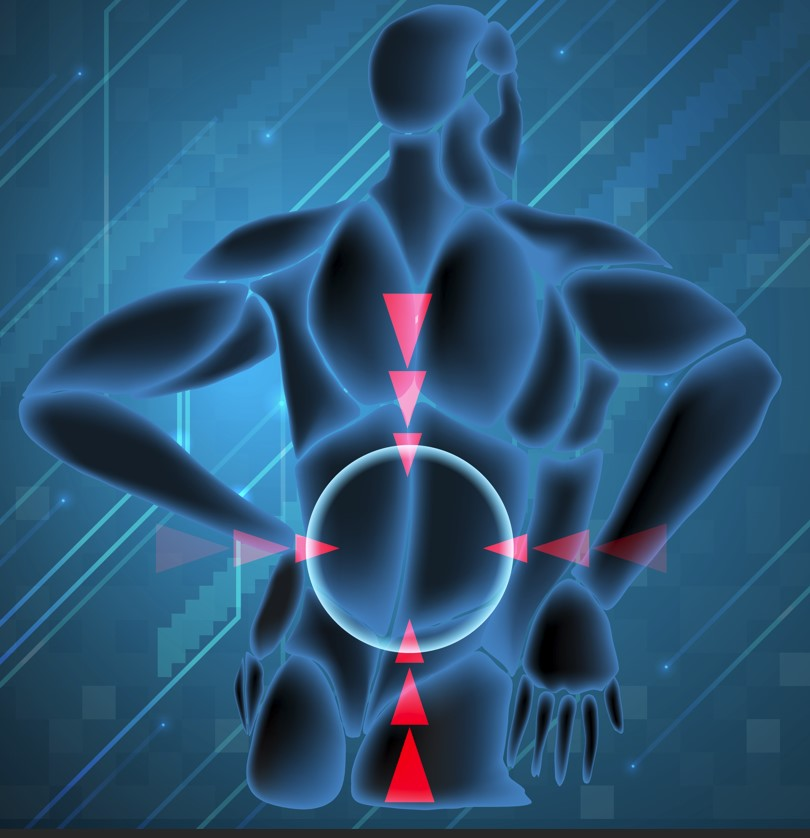


Spina bifida is a congenital condition that results from an anomaly in the development of the spine and spinal cord. It occurs due to the incomplete closure of the neural tube, leading to an opening in the spinal bones, which can affect the spinal cord.
Spina Bifida Occulta:
The mildest form.
A small opening in the spine, usually covered by skin.
Typically asymptomatic and discovered incidentally.
Meningocele:
The membranes surrounding the spinal cord (meninges) protrude through the opening, but the spinal cord remains in a normal position.
Mild neurological symptoms may be present.
Myelomeningocele:
The most severe form.
Both the meninges and spinal cord tissue protrude outside the body.
Severe neurological issues due to spinal cord and nerve damage.
Symptoms depend on the type and severity of spina bifida:
Spina Bifida Occulta:
A small depression, hair tuft, or discoloration on the lower back.
Usually asymptomatic.
Meningocele:
A fluid-filled sac on the lower back.
Mild neurological problems.
Myelomeningocele:
Weakness or paralysis in the legs.
Problems with bladder and bowel control.
Hydrocephalus (accumulation of cerebrospinal fluid in the brain).
Folate Deficiency: Insufficient folic acid during pregnancy increases the risk of spina bifida.
Genetic Factors: A family history of similar conditions increases risk.
Environmental Factors: Diabetes, obesity, and certain medications during pregnancy can contribute to the risk.
Prenatal Diagnosis:
Alpha-Fetoprotein (AFP) Test: High levels of AFP in the mother's blood may indicate an increased risk of spina bifida.
Ultrasound: Used to assess fetal abnormalities.
Amniocentesis: Provides a definitive diagnosis.
Post-Birth Diagnosis:
Physical examination and imaging methods (MRI, CT scan).
Surgical Treatment:
Closure of the sac within the first few days after birth.
Placement of a shunt if hydrocephalus is present.
Fetal Surgery:
In some cases, surgery may be performed before birth to reduce spinal cord damage.
Rehabilitation:
Physical therapy and programs for bladder/bowel control.
Use of orthotics or wheelchairs may be necessary.
Hydrocephalus
Bladder and bowel control issues
Increased risk of infections
Orthopedic problems (foot deformities, scoliosis)
Folic Acid Supplementation: Taking 400 mcg of folic acid daily before and during pregnancy helps prevent spina bifida.
Healthy Lifestyle and Regular Prenatal Care: Maintaining a healthy lifestyle and attending regular prenatal checkups.
With early diagnosis and proper treatment, individuals with spina bifida can have improved quality of life. However, ongoing care and rehabilitation are crucial for managing symptoms and complications.